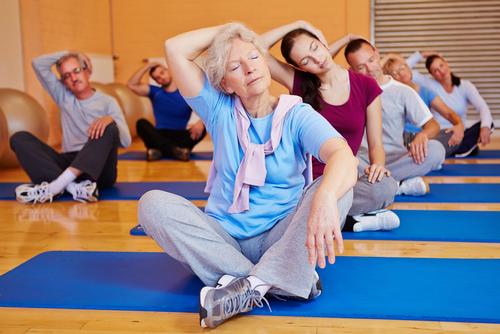24 Dec 2014
Yoga as beneficial as high impact sport: study
BY Ashley Harrison

Increasing evidence that yoga is at the forefront of health and wellness improvement is backed up by a new study which shows it can also help those with heart disease.
The report, published in the European Journal of Preventative Cardiology, details how yoga is just as effective as more strenuous activities such as aerobics and cycling at cutting risks of heart disease. And due to its low impact profile, it is seen as more accessible to those with heart conditions.
In the UK alone, heart disease is responsible for around 82,000 deaths annually, with almost one in five men and one in eight women dying from the condition. Currently 2.7m people in Britain are living with heart disease, costing the NHS an estimated £3.2bn a year according to figures published by the Hearth Research Institute (UK).
The European Society of Cardiology report reviewed 37 trials involving 2,768 people and measured the benefits of yoga compared with exercise and no physical activity.
If found that when compared to no exercise, yoga reduced BMI, lowered blood pressure and reduced cholesterol and that on average, those tested were 2.75kg lighter than those who did no exercise.
“Any physical activity that can help reduce the risk of cardiovascular disease developing should be encouraged, and the benefits of yoga are well established,” said Maureen Talbot, senior cardiac nurse at the British Heart Foundation.
“This study’s findings are promising, showing improvement in blood pressure, cholesterol and weight, which are risk factors for cardiovascular disease.
“The benefits could be due to working the muscles and breathing, which can bring more oxygen into the body, leading to lower blood pressure.”
Yoga is seen as a cost-effective treatment and prevention strategy given its low cost set-up and the lack of need for equipment and technology. Its now well-documented benefits in areas such as mental health, diseases of old age, are persuading increasing numbers of health clubs, spas and fitness establishments to offer it on their programmes.
Close Window